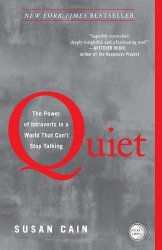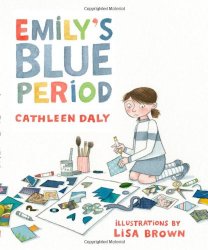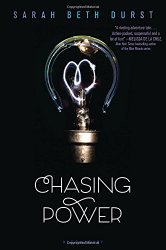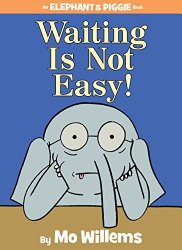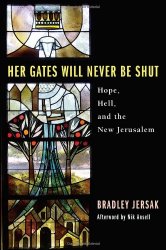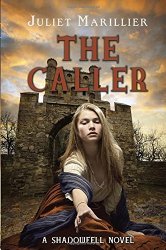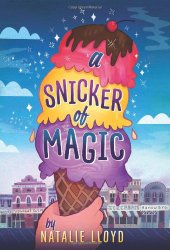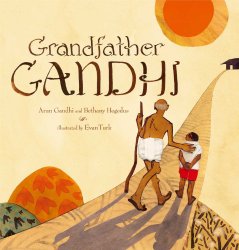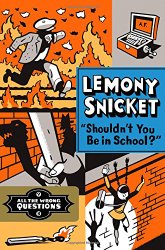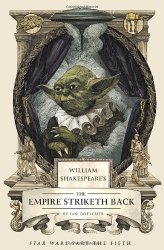Review of Quiet, by Susan Cain
The Power of Introverts in a World That Can’t Stop Talking
by Susan Cain
Crown Publishers, New York, 2012. 333 pages.
Starred Review
Back in 2012, when this book came out, I got to hear Susan Cain speak at ALA Midwinter Meeting. I also received a copy of the book, and the author signed it to me.
Her talk was fascinating, and I was excited to read someone speaking up for introverts. However, it did take me a frightfully long time to read the book. Essentially, that’s because I had my own copy, so it didn’t have a due date. And I’m always reading many nonfiction books at a time, and this one came to the top of the pile more slowly, because I didn’t have to turn it back in. However, this book is a keeper – I’m glad to have my own copy. In a world where extroversion is valued, it’s always good to be reminded that we introverts have our own strengths. The world needs both kinds of people.
In the Introduction, Susan Cain explains why this topic is important:
Our lives are shaped as profoundly by personality as by gender or race. And the single most important aspect of personality – the “north and south of temperament,” as one scientist puts it – is where we fall on the introvert-extrovert spectrum. Our place on this continuum influences our choice of friends and mates, and how we make conversation, resolve differences, and show love. It affects the careers we choose and whether or not we succeed at them. It governs how likely we are to exercise, commit adultery, function well without sleep, learn from our mistakes, place big bets in the stock market, delay gratification, be a good leader, and ask “what if.” It’s reflected in our brain pathways, neurotransmitters, and remote corners of our nervous systems. Today introversion and extroversion are two of the most exhaustively researched subjects in personality psychology, arousing the curiosity of hundreds of scientists.
These researchers have made exciting discoveries aided by the latest technology, but they’re part of a long and storied tradition. Poets and philosophers have been thinking about introverts and extroverts since the dawn of recorded time. Both personality types appear in the Bible and in the writings of Greek and Roman physicians, and some evolutionary psychologists say that the history of these types reaches back even farther than that: the animal kingdom also boasts “introverts” and “extroverts,” as we’ll see, from fruit flies to pumpkinseed fish to rhesus monkeys. As with other complementary pairings – masculinity and femininity, East and West, liberal and conservative – humanity would be unrecognizable, and vastly diminished, without both personality styles.
This book explores many aspects of introversion. She looks at the Extrovert Ideal in American society today, and provides scientific evidence that this ideal may be misguided. Often an introvert makes the better leader, for example, and learning isn’t necessarily better done in groups.
I particularly enjoyed the chapter “When Should You Act More Extroverted?” about finding that happy balance of acting extroverted, perhaps on a job, and having restorative times when you can return to your true self. I honestly think that my current state of living alone makes me all the more able, on my job, to happily help out strangers. She calls it a “restorative niche” when you carve out a time or place to have to yourself.
We would all be better off if, before accepting a new job, we evaluated the presence or absence of restorative niches as carefully as we consider the family leave policy or health insurance plans. Introverts should ask themselves: Will this job allow me to spend time on in-character activities like, for example, reading, strategizing, writing, and researching? Will I have a private workspace or be subject to the constant demands of an open office plan? If the job doesn’t give me enough restorative niches, will I have enough free time on evenings and weekends to grant them to myself?
Extroverts will want to look for restorative niches, too. Does the job involve talking, traveling, and meeting new people? Is the office space stimulating enough? If the job isn’t a perfect fit, are the hours flexible enough that I can blow off steam after work? Think through the job description carefully. One highly extroverted woman I interviewed was excited about a position as the “community organizer” for a parenting website, until she realized that she’d be sitting by herself behind a computer every day from nine to five.
Another valuable chapter is the one about parenting introverts. I had two introverted sons, and being an introvert myself, don’t think I gave them a hard time about it. (My younger son knew he could get me to take him to anything because I was so excited if he actually wanted to go to something outside of school!) But I have seen extroverted parents give their introverted children a hard time – for example, a family invited hordes of people to their introverted daughter’s fourth birthday party, and then talked to her sternly about how she needed to come out of her room. Susan Cain’s examples are much worse than that – a family that kept trying to get “help” for their apparently well-adjusted child because they thought he wasn’t outgoing enough.
Introverts will find valuable and interesting information in each chapter. Of course, it’s the extroverts who really need to read this book! Perhaps we can present them with facts from it to help relax the pressure for us to be like them.
Her concluding chapter has a good summary of tips:
Love is essential; gregariousness is optional. Cherish your nearest and dearest. Work with colleagues you like and respect. Scan new acquaintances for those who might fall into the former categories or whose company you enjoy for its own sake. And don’t worry about socializing with everyone else. Relationships make everyone happier, introverts included, but think quality over quantity.
The secret to life is to put yourself in the right lighting. For some it’s a Broadway spotlight; for others, a lamplit desk. Use your natural powers – of persistence, concentration, insight, and sensitivity – to do work you love and work that matters. Solve problems, make art, think deeply.
Figure out what you are meant to contribute to the world and make sure you contribute it. If this requires public speaking or networking or other activities that make you uncomfortable, do them anyway. But accept that they’re difficult, get the training you need to make them easier, and reward yourself when you’re done.
thepowerofintroverts.com
quietrev.com
crownpublishing.com
Find this review on Sonderbooks at: www.sonderbooks.com/Nonfiction/quiet.html
Disclosure: I am an Amazon Affiliate, and will earn a small percentage if you order a book on Amazon after clicking through from my site.
Source: This review is based on my own copy, signed by the author.
Disclaimer: I am a professional librarian, but I maintain my website and blogs on my own time. The views expressed are solely my own, and in no way represent the official views of my employer or of any committee or group of which I am part.
